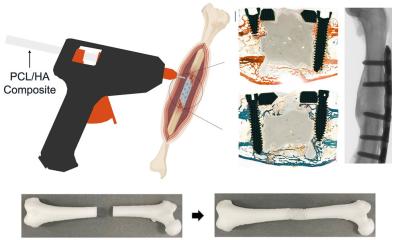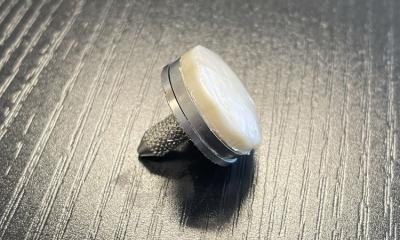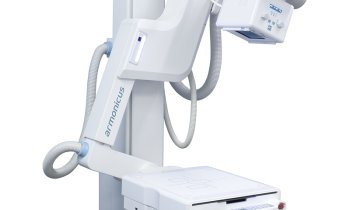News • Potential fix for intertrochanteric fractures
Bionic nail to reduce femur fracture complications
In a new study, a Chinese research team introduces the Proximal Femur Bionic Nail (PFBN) as a potential panacea for unstable intertrochanteric femur fractures in the elderly.

Image source: Zhang K, Chen W, Zhang Y; Engineering 2024 (CC BY-NC-ND 4.0)
With the aging population, intertrochanteric femur fractures have become a critical public health concern, prompting a surge in research focused on trauma orthopedics. Traditional internal fixation techniques have often fallen short in addressing the mechanical challenges posed by these fractures, leading to prolonged recovery times and increased complication rates for patients. However, the development of the PFBN, incorporating the triangle theory developed by Yingze Zhang from the Nankai University School of Medicine to provide triangular supporting fixation, represents a paradigm shift in the treatment of these fractures.
The key innovation of the PFBN lies in its ability to significantly reduce the occurrence of complications, leading to improved patient outcomes and faster recovery times. Through the use of an equivalent biomechanical model, the research team demonstrated that the PFBN outperforms existing solutions such as the proximal femoral nail antirotation (PFNA) and InterTan, by dramatically decreasing the maximum strain in the proximal femur.
Furthermore, the PFBN has been shown to regulate the local mechanical environment in the proximal femur, creating a state of physiological overload that favors post-operative recovery for elderly patients with intertrochanteric femur fractures. This promising outcome offers hope for a transformative approach to internal fixation, with the potential to revolutionize treatment not only for this specific type of fracture but for other fractures as well, based on elastic deformation.
Academician Yingze Zhang’s research team concludes that the PFBN holds the potential to revolutionize the clinical treatment of intertrochanteric femur fractures in the elderly, enabling patients to avoid prolonged bed rest and exercise and reducing the likelihood of complications. The implications of this study extend beyond the specific application of the PFBN, pointing toward a promising avenue for further advancements in the development of next-generation internal fixation systems.
The findings of this research have far-reaching implications, offering a glimmer of hope for the growing population of elderly individuals at risk of intertrochanteric femur fractures. As the global community grapples with the challenges posed by an aging population, the emergence of the PFBN represents a significant advancement with the potential to enhance the quality of life for countless individuals worldwide.
Source: Engineering
02.04.2024











